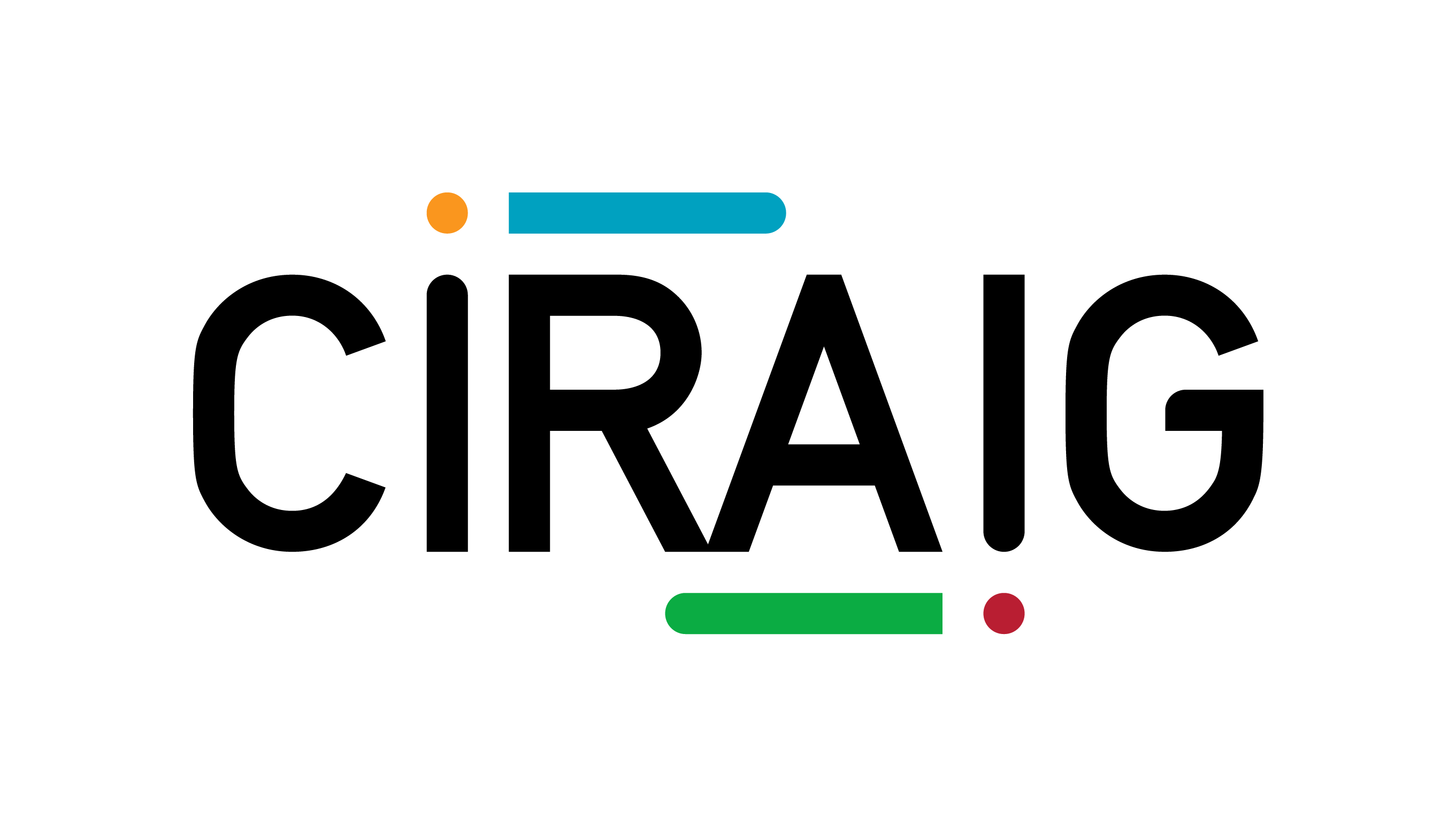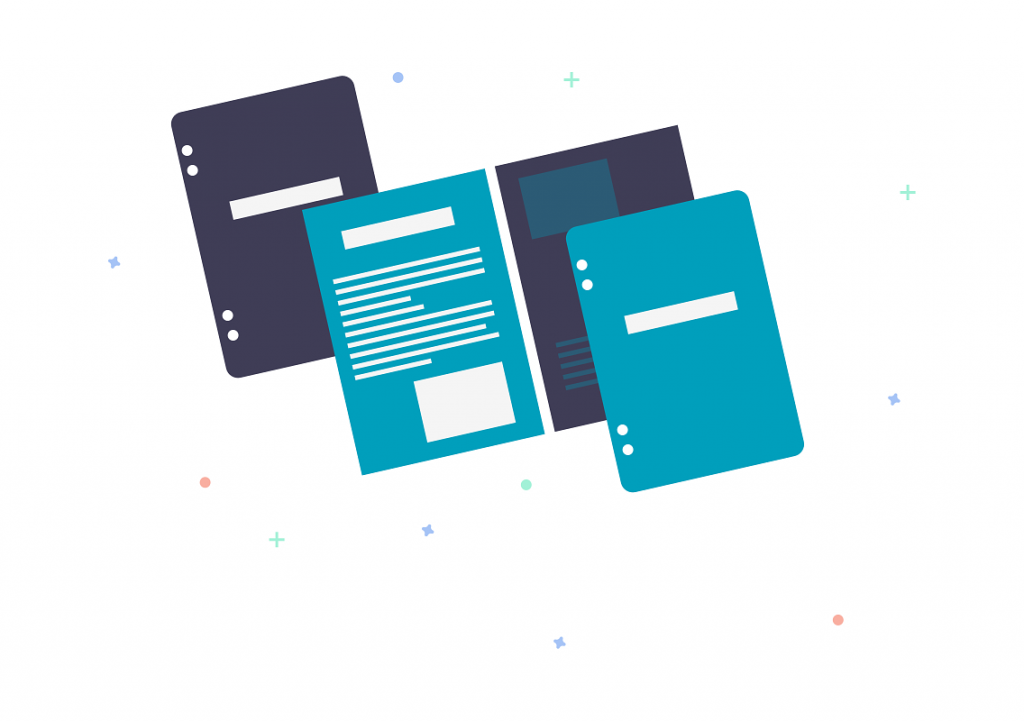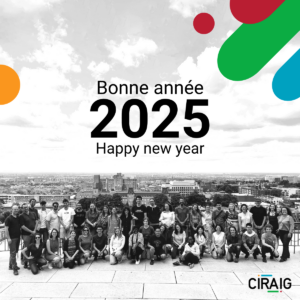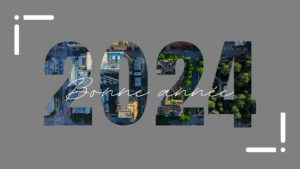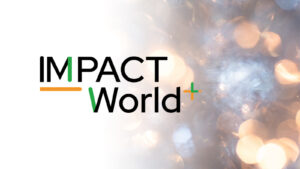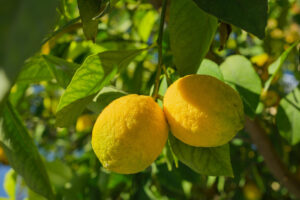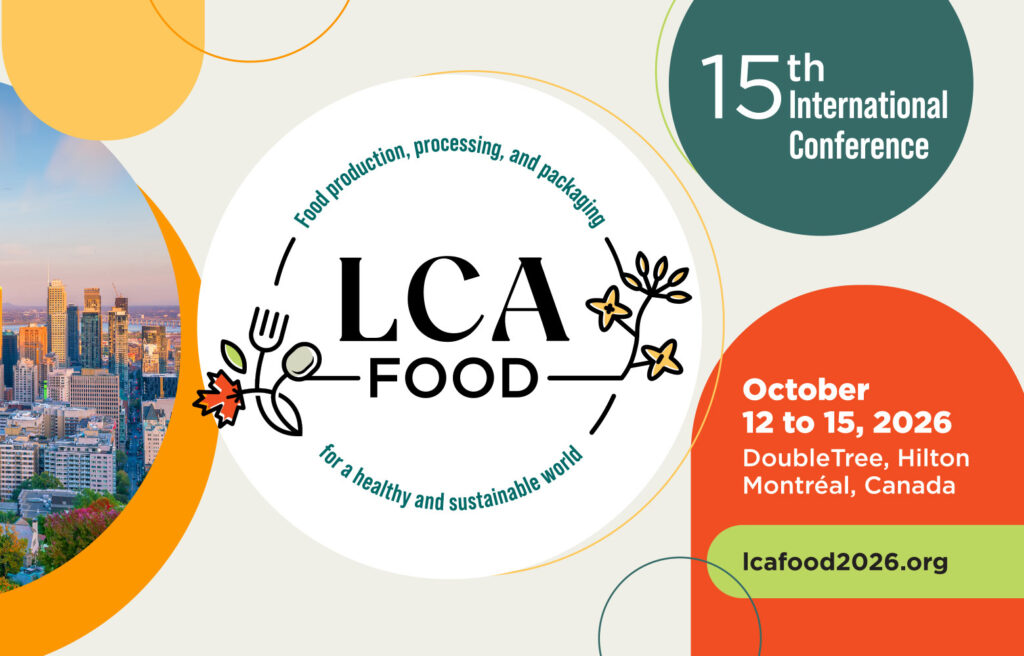Did you get yourself an e-reader during the pandemic? We wondered if it is more environmentally friendly when compared to good old paper books. Or rather, how should you use your e-reader to make it an environmentally friendly choice for reading a book?
What is the impact of the book industry in Quebec today?
In 2018, the sale of new books in Quebec generated 613 million $. Digital book sales represent less than 1% of this amount. There are approximately 370,000 digital books sold in Quebec each year. Moreover, pulp and paper mills are the 2nd largest energy consumers and GHG emitters in the industrial sector after aluminum smelters, accounting for 11.9% of Quebec’s greenhouse gases[1]. Let’s take a closer look at where this footprint comes from.
What is the life cycle of a paper book?
The life cycle of a book begins with the production of pulpwood. The wood is then shredded and turned into pulp either by mechanical means (with a shredder) or, for better quality paper, by a high-temperature chemical process to separate the cellulose from the lignin. The resulting unbleached pulp is often bleached with chemicals and then sent to paper mills. There, the pulp is pressed, smoothed, dried and the paper is wound into large reels. Then comes the publishing process, printing and assembly of the book which will be distributed and sold in bookstores or on the Internet. After it’s read, the book can be stored at the reader’s home or reused, recycled, or disposed of at the end of its life.
What is the environmental footprint of a paper book?
According to a study conducted in Sweden, which has a similar energy context to Quebec, a 360-page hardcover book emits 1.2 kgCO2eq over its entire life cycle. Beyond the impacts on climate change, 50% of the environmental footprint is due to the production of pulp and paper because of heat production and bleaching. Quebec paper has a carbon footprint twice as small as the world average thanks to our low-carbon electricity. About 20% of the book’s footprint is due to the car trip (estimated at 2km) to purchase it. The best thing would be to go and buy your book on foot or order it on the Internet and have it delivered to your home.
Of course, many parameters can influence the footprint of a book such as the size of the book, the number of pages, the type of paper (grammage, raw or bleached), the type of printing (colour or B&W), the type of finishing (matte or glossy), with or without illustrations…
Recycled or certified papers have a slightly better footprint than virgin paper. But their main advantage is that they limit the impacts associated with increasing the production of wood, such as deforestation which has a significant impact on the quality of ecosystems.
If I buy my book second-hand, is it better for the environment?
One thing’s for sure, the more we use an object, the more we amortize its footprint! This is also the case for books. For example, if a book is read twice, half the impacts are associated with each use. So don’t hesitate to buy second-hand! Entertainment goods, including books, are the 2nd most traded second-hand goods in Quebec.
What’s the environmental footprint of an e-book?
The life cycle of an e-book begins with the content of the e-book: publishing activities, the online bookstore with e-book storage, and downloading. To read an e-book, you also need an e-reader, which is often produced in China and distributed to the reader. Reading the e-book requires electricity to operate the e-reader, and finally, the e-reader is disposed of at the end of its life.
A recent study estimates that using a Kindle-type e-reader to read digital books emits 14 kgCO2eq over the lifetime of the e-reader, which lasts about 3 years. More than 95% of this is due to the production of the e-reader, half of which is caused by the production of the printed circuit boards, then the charger, followed by the impacts of the screen.
How many books do you need to read to make your e-reader more environmentally friendly than paper books?
Having an e-reader is worthwhile if you replace 4.7 new paper books per year with digital books. That’s 14 books over the lifetime of the e-reader. However, this calculation is for a new 360-page hardcover book. If we tend to buy paperbacks that are half that weight or second-hand books, we would have to replace more than 9 books per year or 27 books over the lifetime of the e-reader.
In addition, a study conducted in the United States showed that those who only use paper books read about 5 books/year while those who have an e-reader read 5 times more. More surprisingly, these people continue to read about 40% of paper books and 60% of digital books. So, over a year, the carbon footprint of the reading activities of those who have an e-reader is more than twice as large as those who only read paper books. However, this only represents about 13 kgCO2eq/person/year, or a car driving about 40km. Reading remains a low-polluting leisure activity even on an e-reader and the impact per book is on average 30% lower with an e-reader.
Finally, what are the best options for reading a book?
It all depends on the type of reader you are and the habits you have!
- For an occasional reader, it is better to choose second-hand paper books, in pocket format or with better paper, or to go to the library.
- For a regular reader (more than 5 books/year) who likes to buy new, an e-reader would be a good option.
- If one usually prefers used books or paperback formats, one needs to replace more than 9 used books per year to balance the impact of the e-reader.
- Finally, if you do have an e-reader, you might as well use it to its fullest and extend its life as long as possible.
This blog was originally an audio segment by Laure Patouillard on Moteur de recherche, a radio show on Radio-Canada, which aired on January 8, 2020.
References
Amasawa, E., Ihara, T., & Hanaki, K. (2018). Role of e-reader adoption in life cycle greenhouse gas emissions of book reading activities. International Journal of Life Cycle Assessment, 23(9), 1874–1887. https://doi.org/10.1007/s11367-017-1417-5
Borggren, C., Moberg, A., & Finnveden, G. (2011). Books from an environmental perspective-part 1: Environmental impacts of paper books sold in traditional and internet bookshops. International Journal of Life Cycle Assessment, 16(2), 138–147. https://doi.org/10.1007/s11367-011-0254-1
Moberg, Å., Borggren, C., & Finnveden, G. (2011). Books from an environmental perspective-Part 2: E-books as an alternative to paper books. International Journal of Life Cycle Assessment, 16(3), 238–246. https://doi.org/10.1007/s11367-011-0255-0
Teehan, P., & Kandlikar, M. (2013). Comparing Embodied Greenhouse Gas Emissions of Modern Computing and Electronics Products. https://doi.org/10.1021/es303012r
Sun, M., Wang, Y., Shi, L., & Klemeš, J. J. (2018). Uncovering energy use, carbon emissions and environmental burdens of pulp and paper industry: A systematic review and meta-analysis. Renewable and Sustainable Energy Reviews, 92(May), 823–833. https://doi.org/10.1016/j.rser.2018.04.036
Durif, F., Arcand, M., Ertz, M., & Connolly, M. (2018). L’indice Kijiji de l’économie de seconde main.
La fabrication du livre et son impact écologique | Dossier. (n.d.). Retrieved January 2, 2020, from https://www.futura-sciences.com/planete/dossiers/developpement-durable-fabrication-livre-son-impact-ecologique-1335/
[1] 1,33 Mt éq. CO2, inventaire des émissions de GES du Québec de 2017
